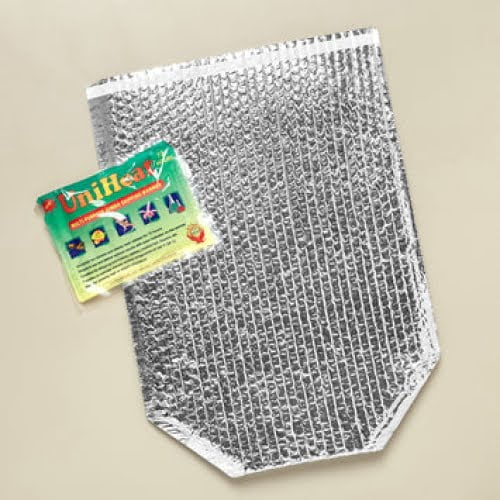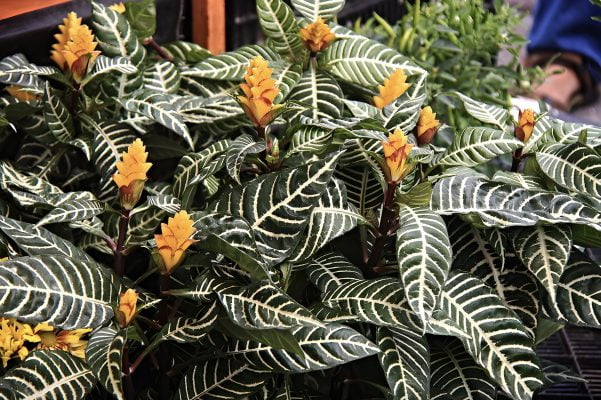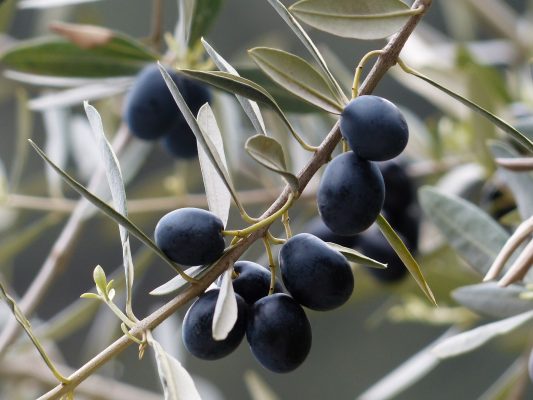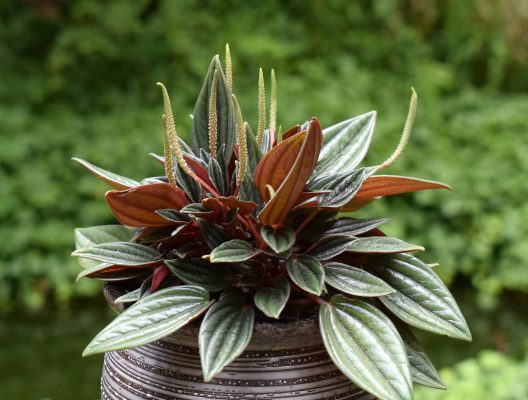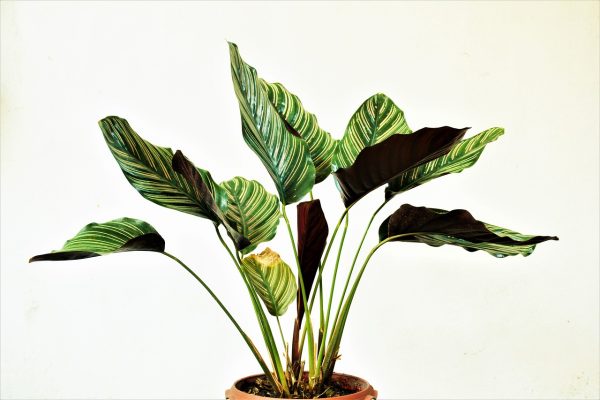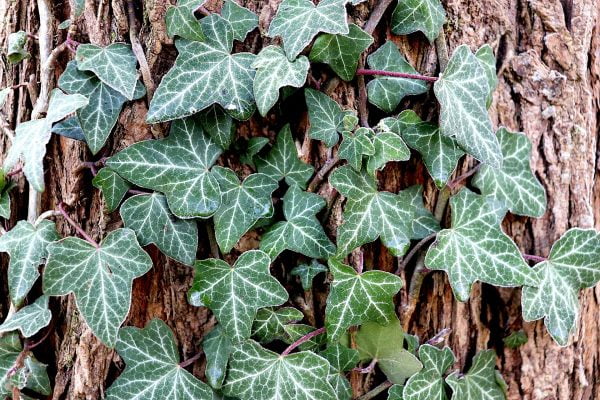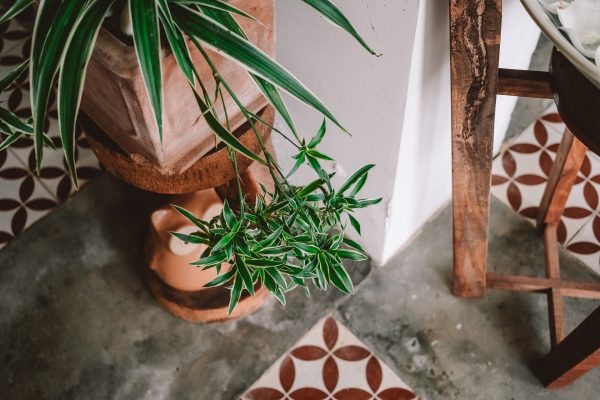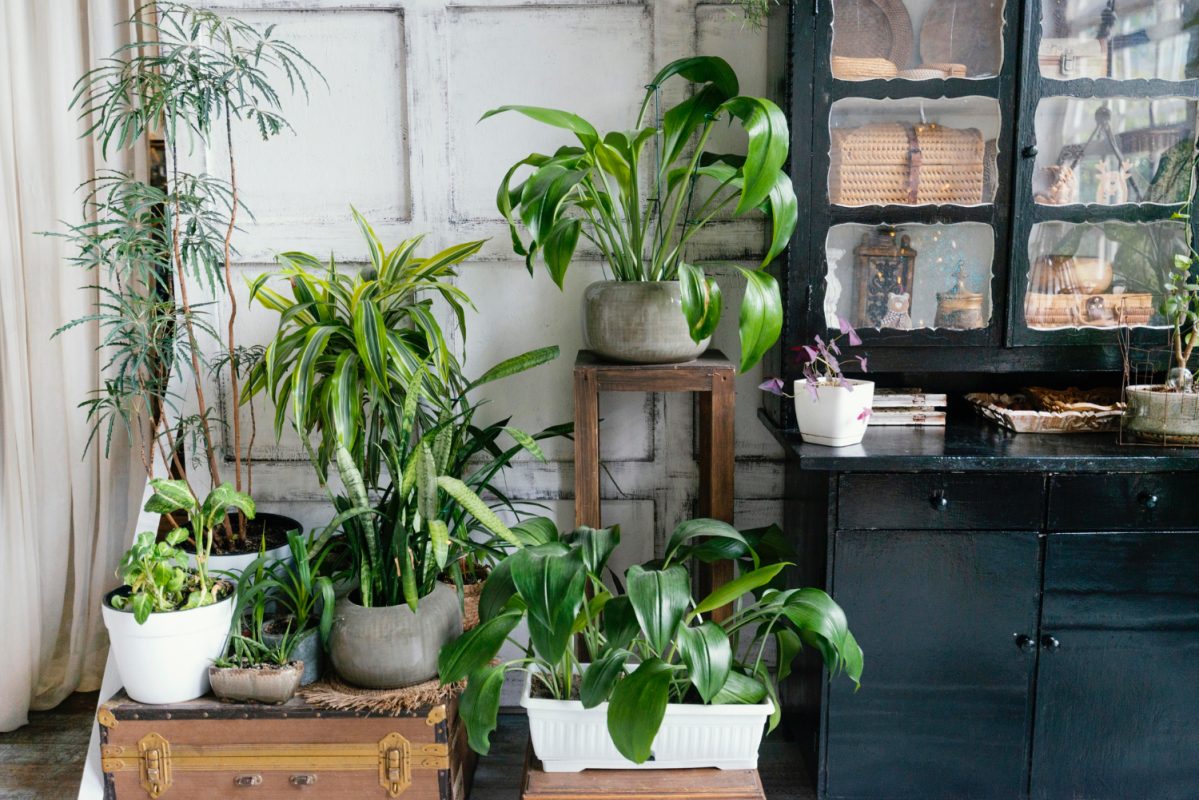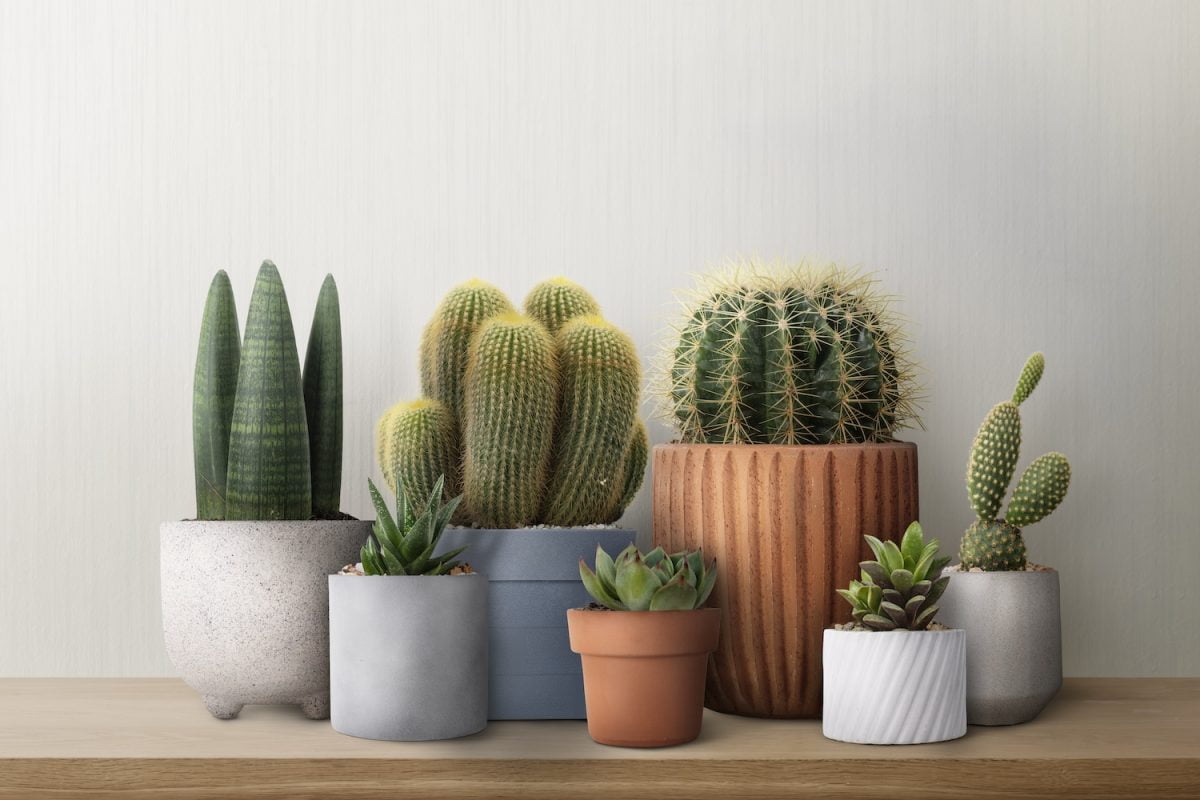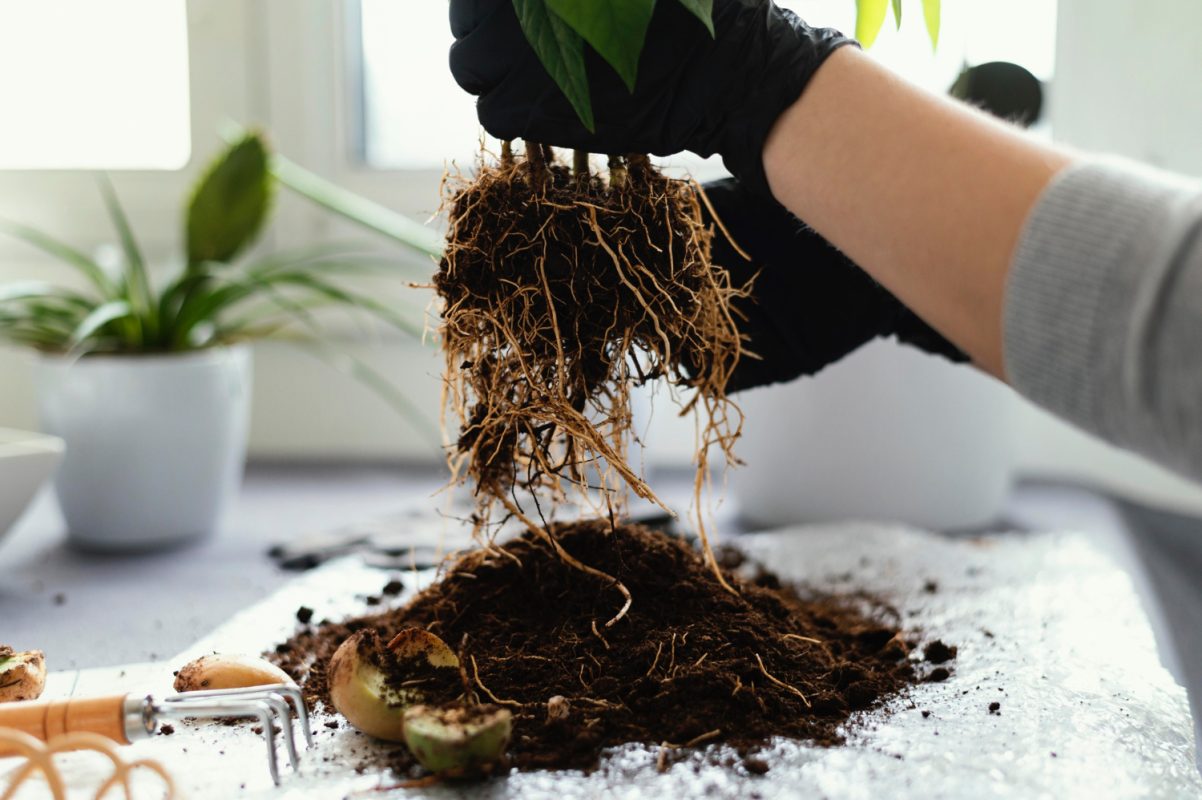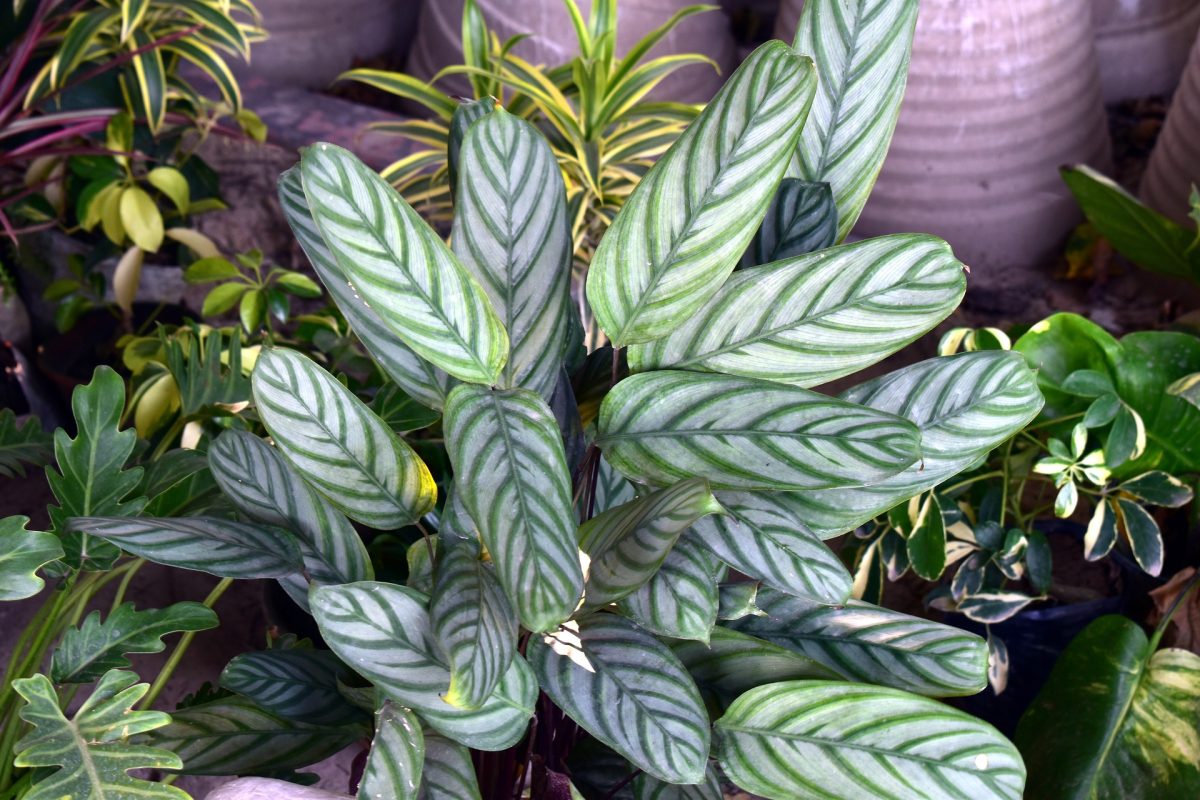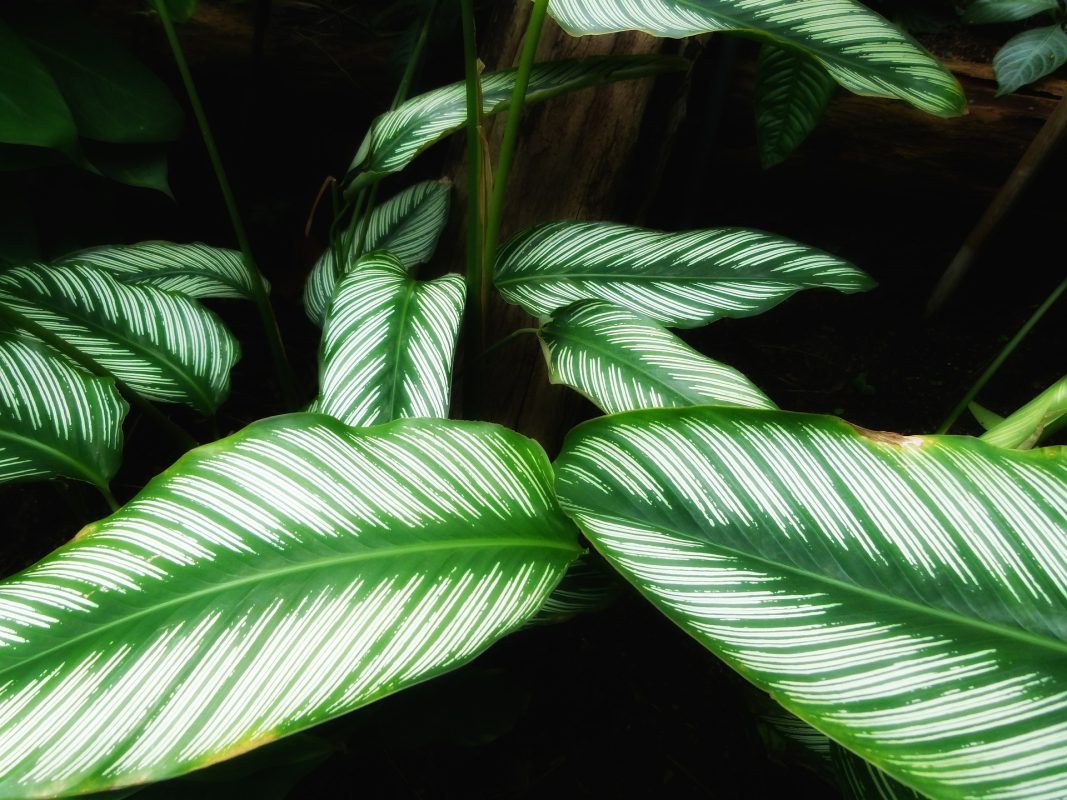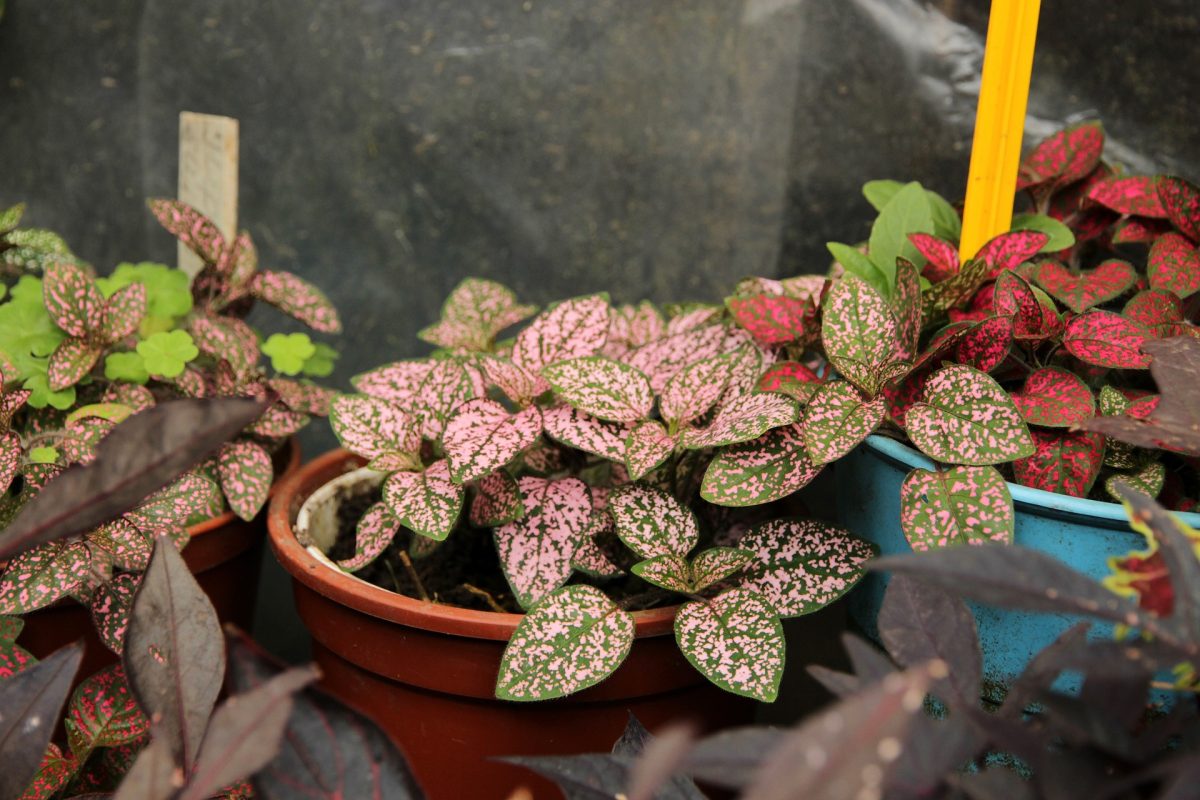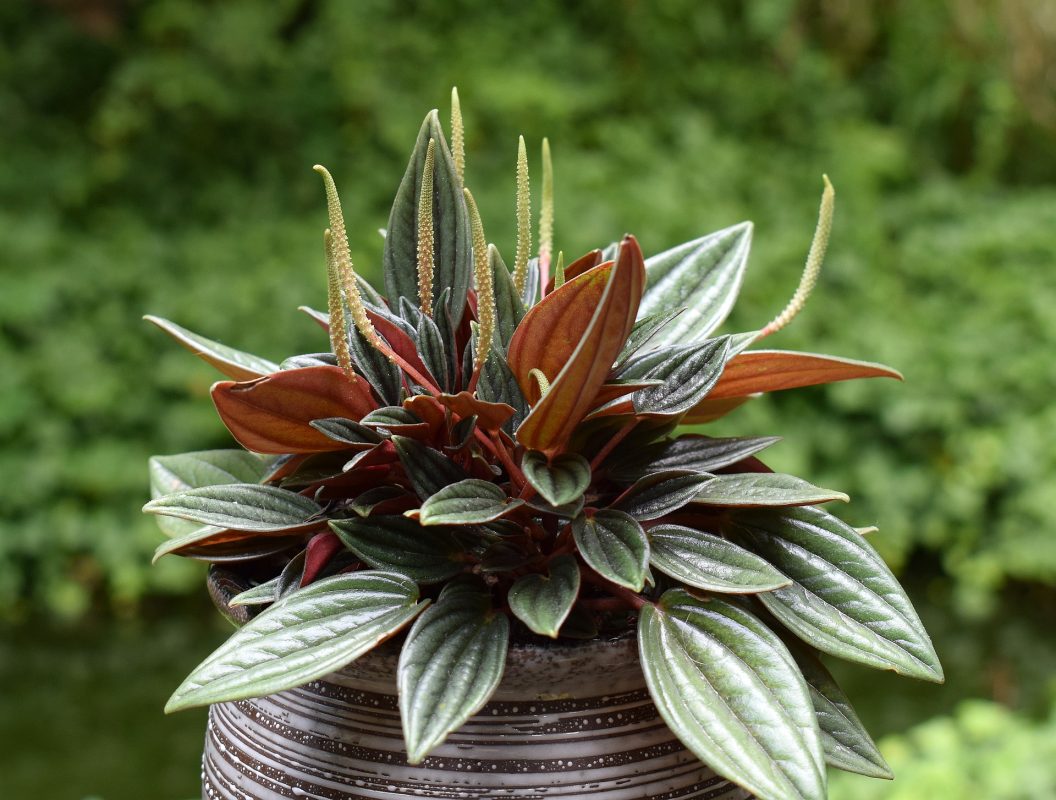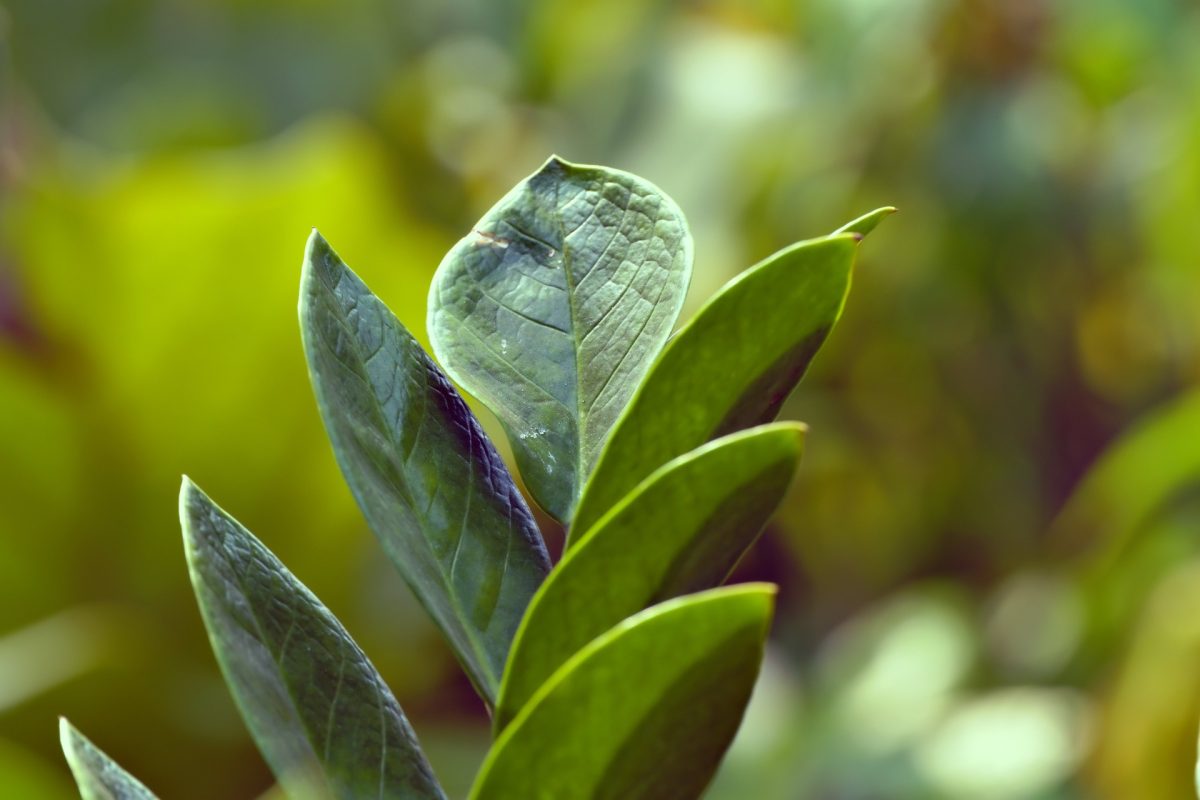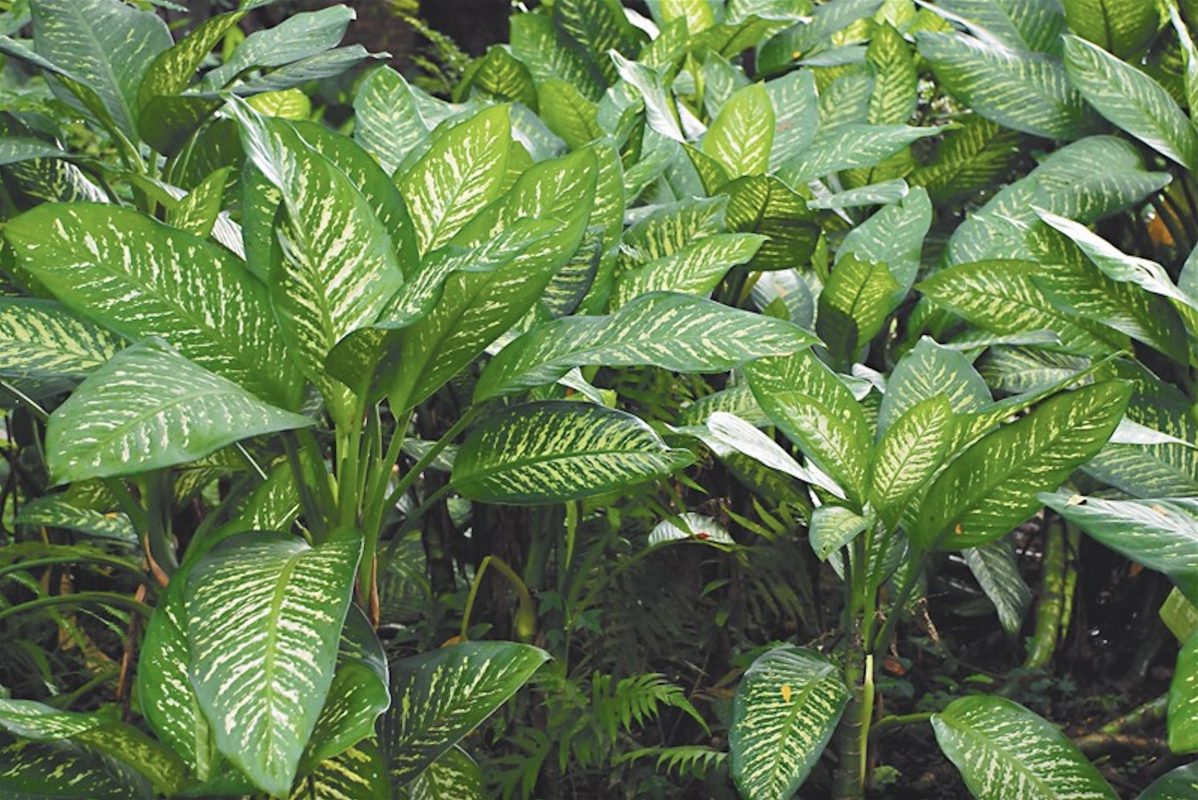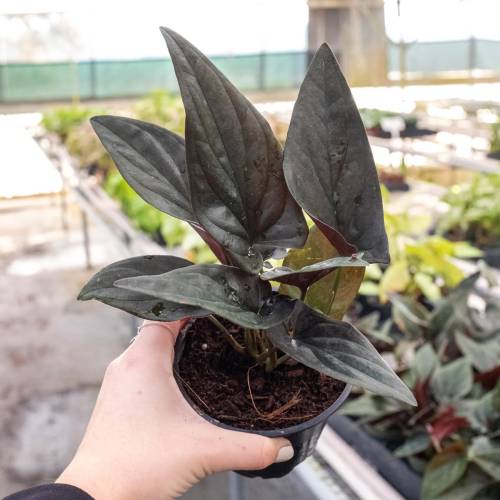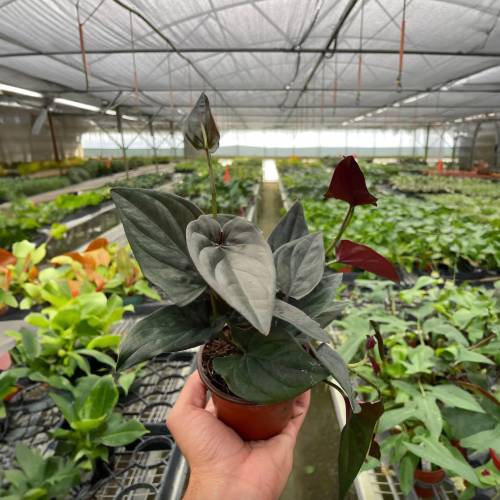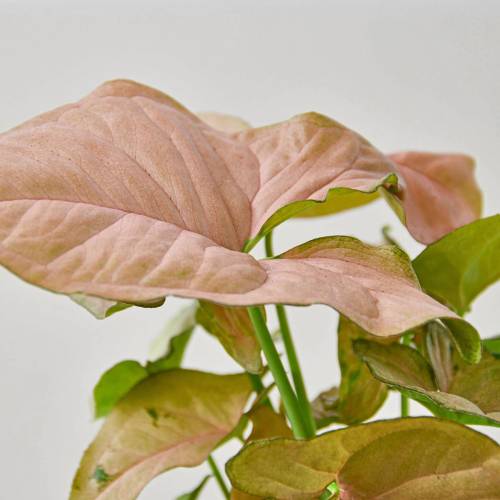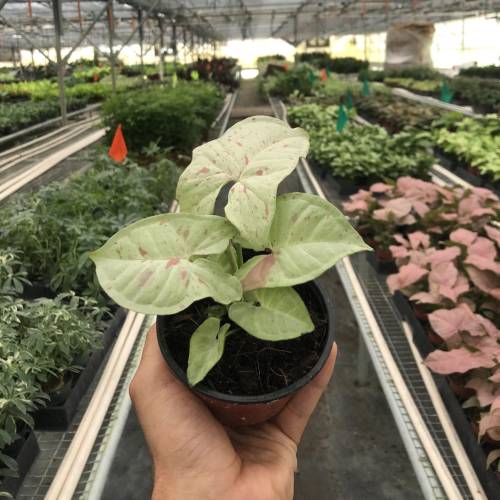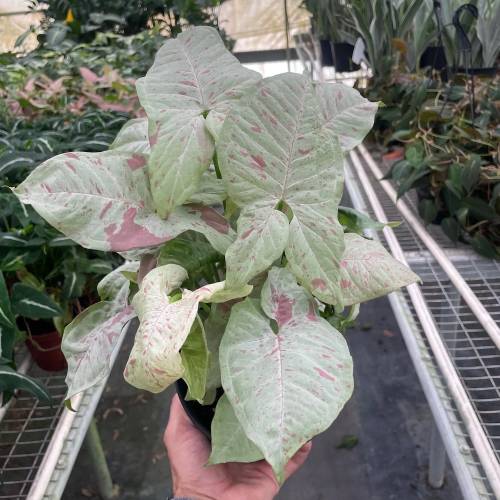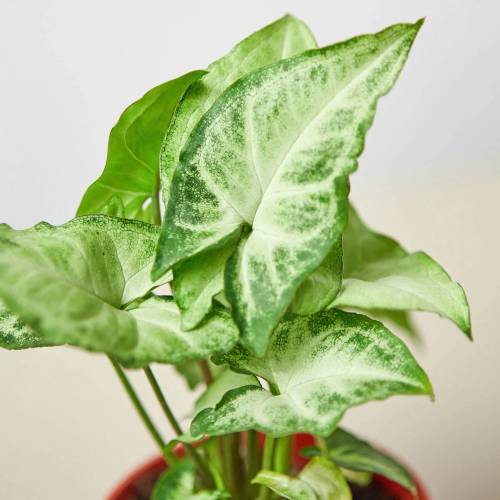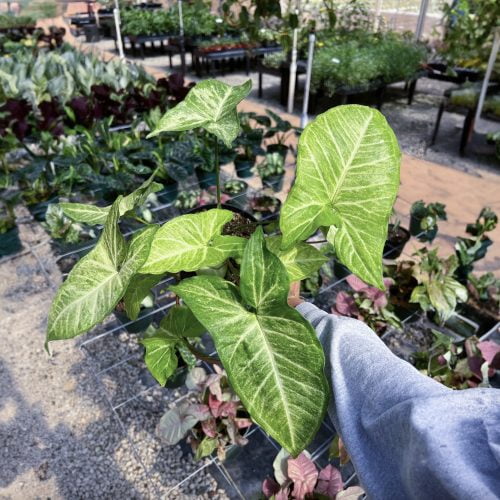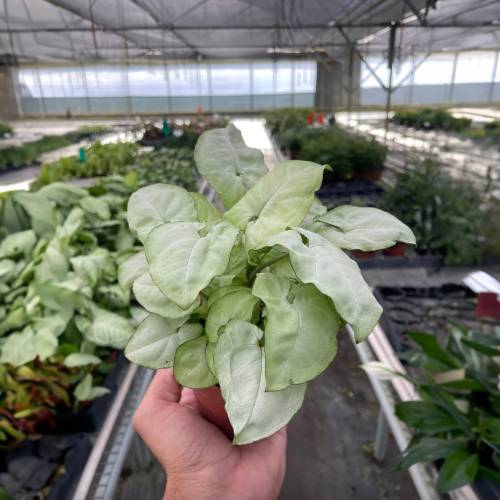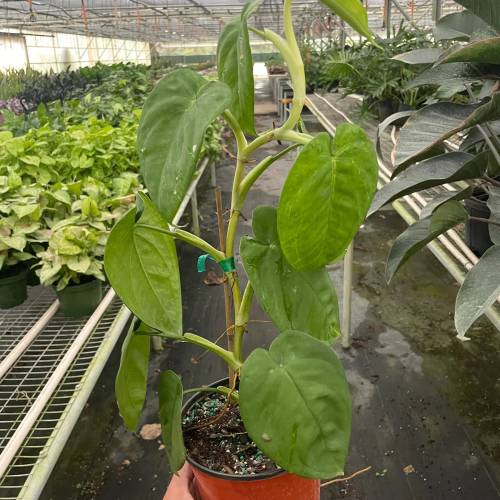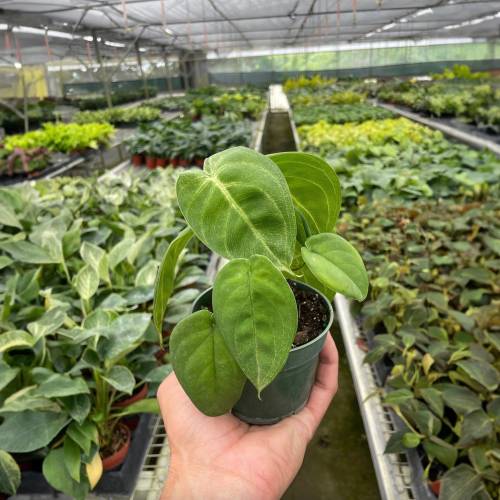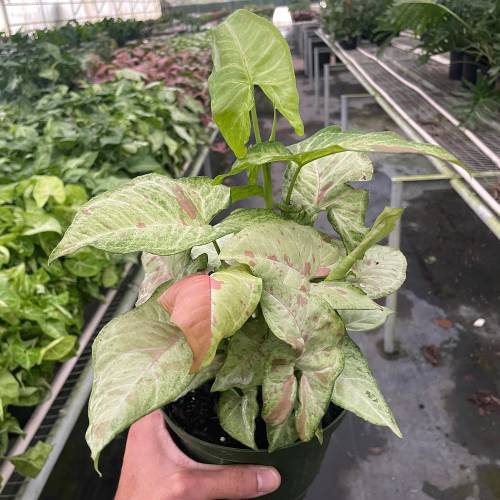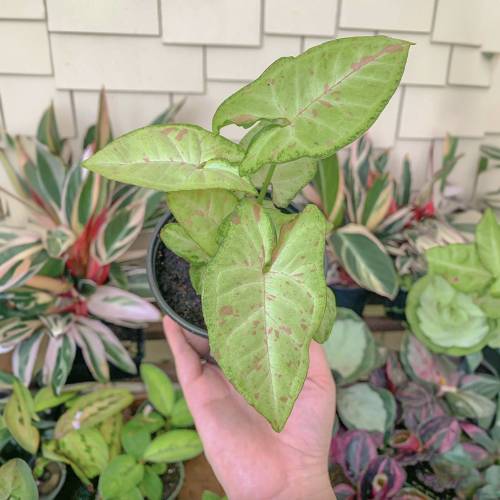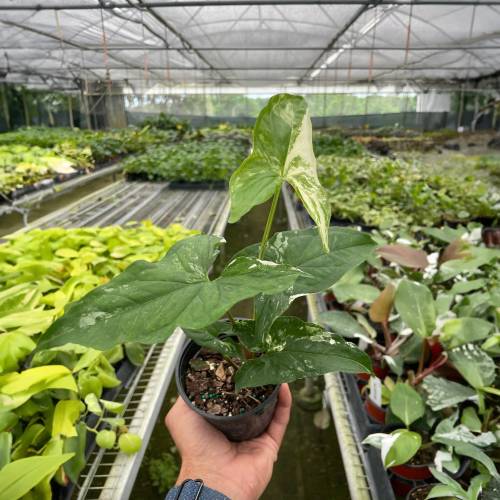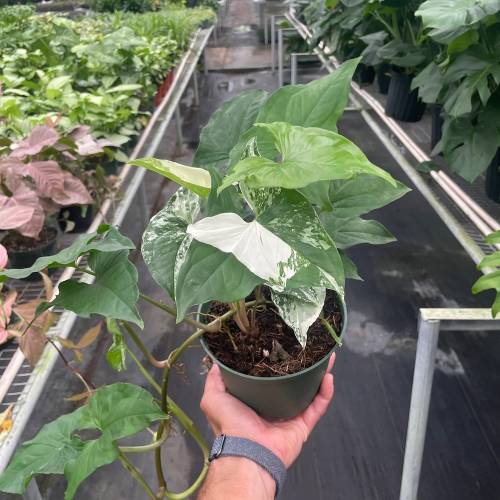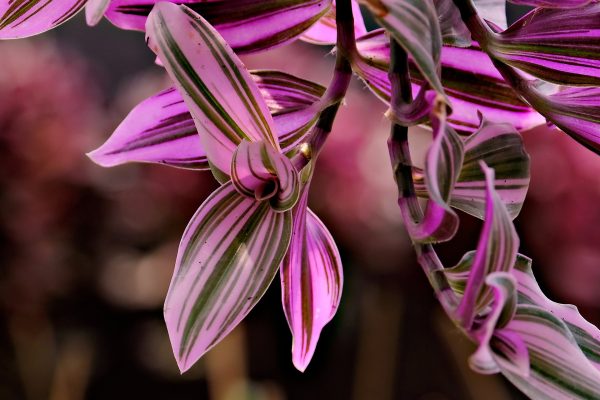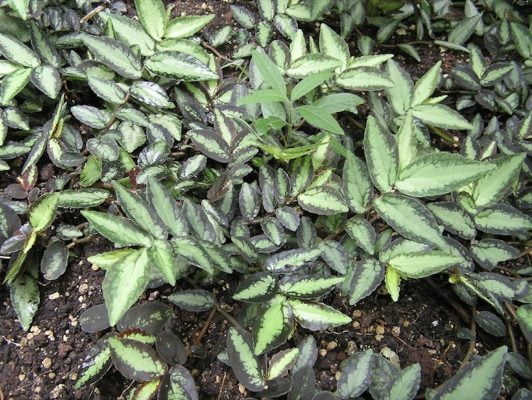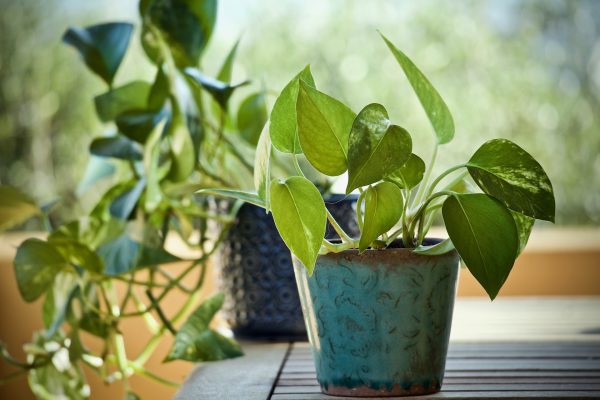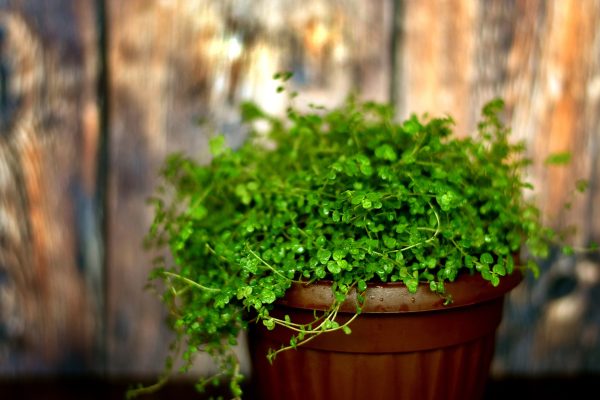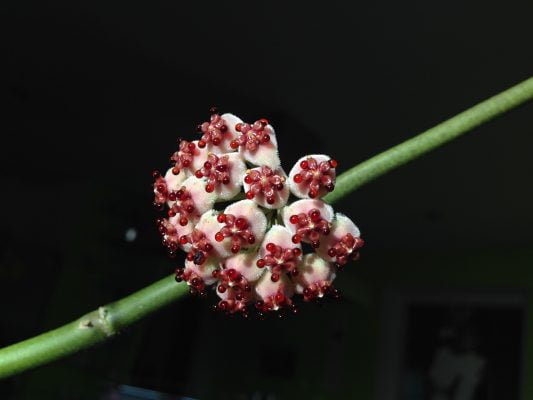Syngonium, admired for its arrowhead-shaped leaves and easygoing nature, is a delightful houseplant that brings grace and charm to any indoor space. This comprehensive care guide is your companion to cultivating the elegant foliage of Syngonium, guiding you through the steps to encourage lush growth, maintain optimal conditions, and infuse your home with the natural beauty of this versatile species.
I. Plant Overview:
- Scientific Name: Syngonium podophyllum
- Common Names: Arrowhead Plant, Arrowhead Vine, Goosefoot Plant
- Origin: Native to tropical rainforests of Mexico and Central America.
II. Light Requirements:
- Ideal Conditions: Moderate to bright, indirect light. Syngonium thrives in filtered sunlight.
- Tolerance: Adaptable to lower light conditions, but variegation may diminish.
III. Watering:
- Frequency: Allow the top inch of soil to dry before watering. Water thoroughly and let excess water drain.
- Water Quality: Use room-temperature water. Syngonium appreciates higher humidity levels.
- Humidity: Adapts well to average indoor humidity levels.
IV. Soil:
- Type: Well-draining potting mix. A mix for tropical plants or a blend of peat, perlite, and pine bark is suitable.
- pH Level: Slightly acidic to neutral (pH 6.0-7.0).
V. Temperature and Humidity:
- Temperature: Maintain a warm environment between 60-75°F (15-24°C).
- Humidity: Syngonium appreciates higher humidity levels. Regular misting or using a humidity tray is beneficial.
VI. Fertilization:
- Schedule: Feed every 4-6 weeks during the growing season (spring and summer).
- Fertilizer: Use a balanced liquid fertilizer, diluted to half strength. Reduce fertilization in the dormant season.
VII. Pruning and Maintenance:
- Pruning: Trim to control size and shape. Pinch back regularly to encourage bushier growth.
- Cleaning: Wipe leaves with a damp cloth to remove dust. Remove any yellow or damaged leaves.
VIII. Repotting:
- Frequency: Repot every 1-2 years or when the Syngonium outgrows its container.
- Procedure: Gently lift the plant, inspect roots, and repot in fresh soil. Choose a container with drainage holes.
IX. Common Issues and Solutions:
- Yellowing Leaves: Overwatering or underwatering. Adjust watering habits accordingly.
- Pests: Occasionally susceptible to spider mites or aphids. Treat with insecticidal soap.
- Leaf Burn: Protect from direct sunlight to prevent leaf scorch.
X. Display Tips:
- Showcase the graceful foliage of Syngonium on shelves or in hanging baskets.
- Combine Syngonium with other houseplants for a lush and diverse indoor garden.
- Experiment with different pot styles to enhance the decorative appeal of Syngonium.
Cultivating Syngonium brings a touch of elegance and versatility to your living space. This guide empowers you to care for Arrowhead Plants, ensuring their lush foliage thrives and enhances the natural beauty of your indoor environment. Happy gardening!
our recommendation
you may also want to know



